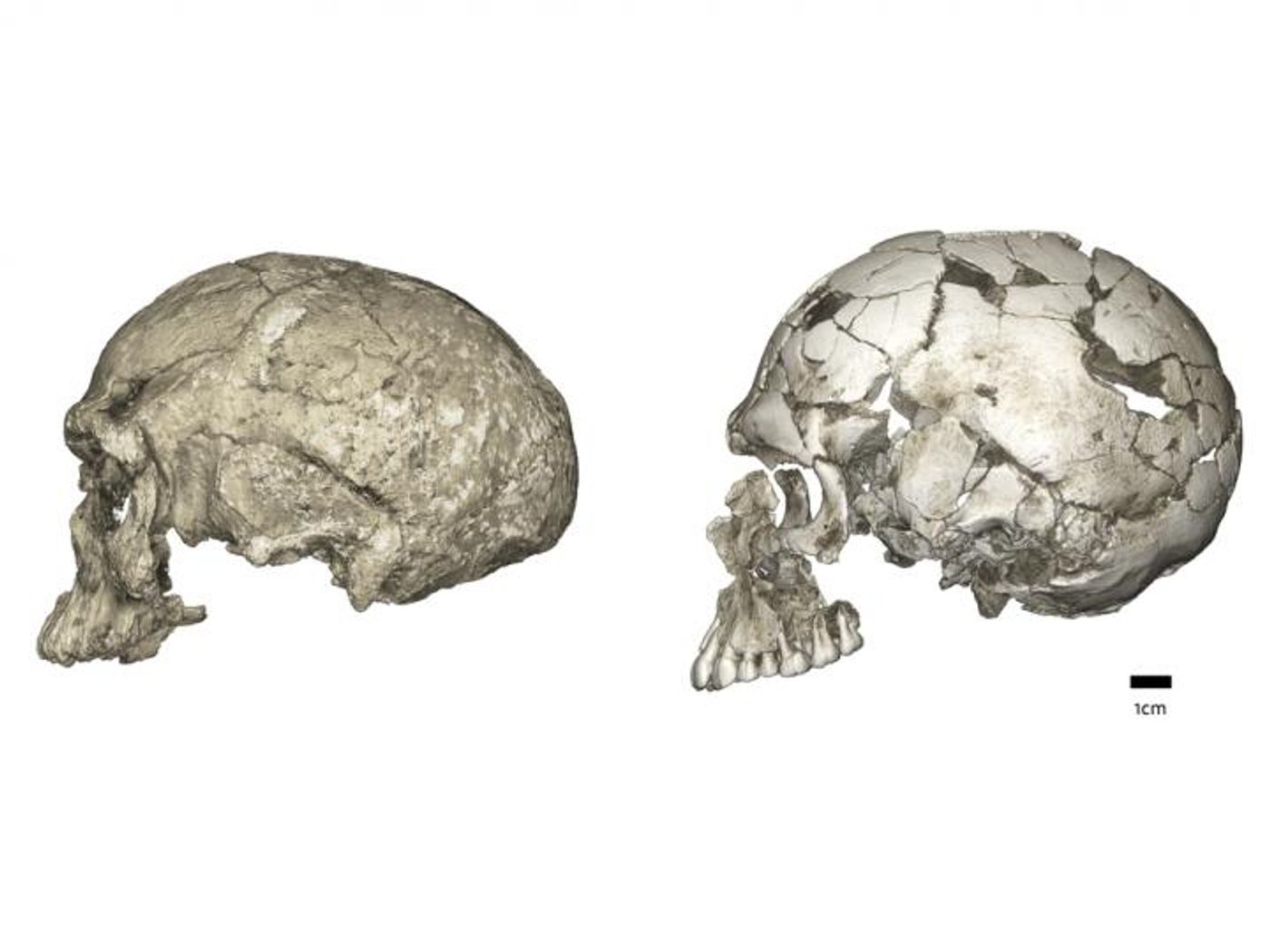Humans Didn't Arise From One African Group, but Many
It has been thought that the human species arose from a large founder group in Africa. It seems, however, that there were actually many groups scattered around the African continent, which experienced periods of isolation because of environmental factors. Dr. Eleanor Scerri, British Academy Postdoctoral Fellow at the University of Oxford and researcher at the Max Planck Institute for the Science of Human History led a research consortium that has shown that over millennia, these separate populations gave rise to wide variation in the human form. Mixing among those populations also played a major part in how our species was shaped.
The human species has been shown to have originated in Africa but few investigations have looked at the process of evolution within that continent. It was often assumed that we come from one ancestral population that randomly shared genes among one another. New research has challenged that idea.
Reporting in Trends in Ecology and Evolution, the consortium performed a reconstruction of the climates and habitats in Africa over the past 300,000 years.
"Stone tools and other artifacts - usually referred to as material culture - have remarkably clustered distributions in space and through time," explained lead author Dr. Eleanor Scerri. "While there is a continental-wide trend towards more sophisticated material culture, this 'modernization' clearly doesn't originate in one region or occur at one time period."
A similar tale is told by human fossils. "When we look at the morphology of human bones over the last 300,000 years, we see a complex mix of archaic and modern features in different places and at different times," explained co-author Professor Chris Stringer, a researcher at the London Natural History Museum. "As with the material culture, we do see a continental-wide trend towards the modern human form, but different modern features appear in different places at different times, and some archaic features are present until remarkably recently."
Genetic research also shows that there is more to the story than a single ancestral group. "It is difficult to reconcile the genetic patterns we see in living Africans, and in the DNA extracted from the bones of Africans who lived over the last 10,000 years, with there being one ancestral human population," added co-author Prof. Mark Thomas, a geneticist at University College London. "We see indications of reduced connectivity very deep in the past, some very old genetic lineages, and levels of overall diversity that a single population would struggle to maintain."
The climate research indicated that there were isolated areas that humans could populate in Africa, and those sites shifted over time. What we know as a dry desert, today’s Sahara, was probably once lush and green, complete with lakes and wildlife. Currently, tropical regions were once arid. That caused rifts in communities of animals, indicated by genetic patterns they carry.
Human populations were no different; they moved with the habitable zones. That would have led to cycles of isolation and mixing, creating a wealth of genetic and cultural diversity.
"Convergent evidence from these different fields stresses the importance of considering population structure in our models of human evolution," said co-author Dr. Lounes Chikhi of the CNRS in Toulouse and Instituto Gulbenkian de Ciência in Lisbon."This complex history of population subdivision should thus lead us to question current models of ancient population size changes, and perhaps re-interpret some of the old bottlenecks as changes in connectivity," he added.
"The evolution of human populations in Africa was multi-regional. Our ancestry was multi-ethnic. And the evolution of our material culture was, well, multi-cultural," noted Dr. Scerri. "We need to look at all regions of Africa to understand human evolution."
The video above from UCSF explores our understanding of how climate affected human evolution.
Sources: AAAS/Eurekalert! via Max Planck Institute for the Science of Human History, Trends in Ecology and Evolution










